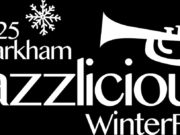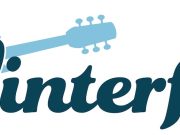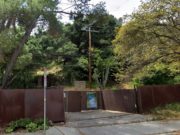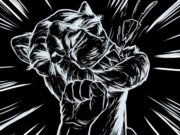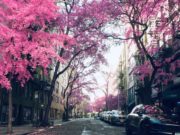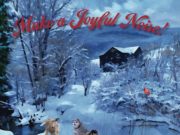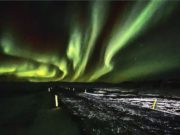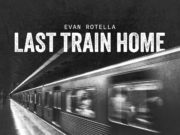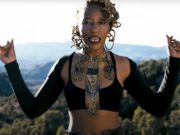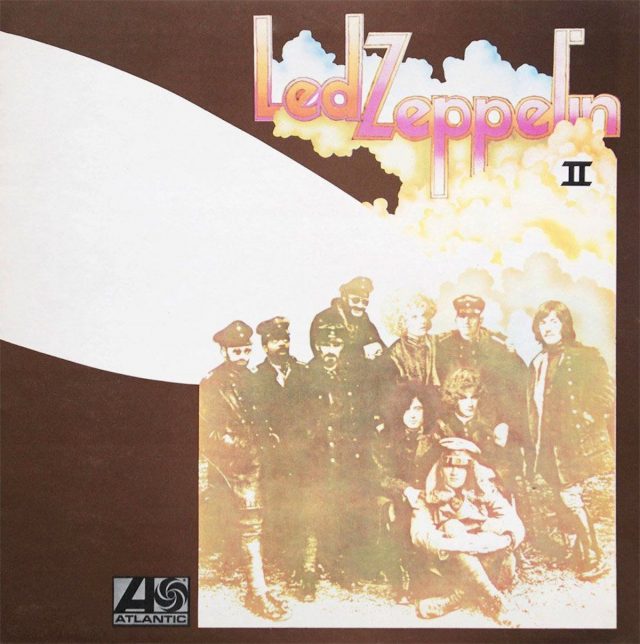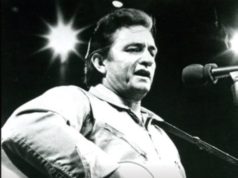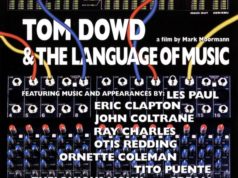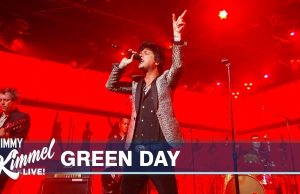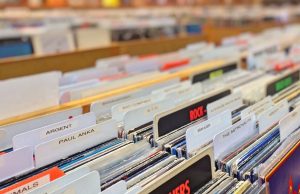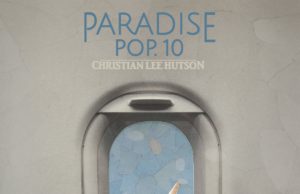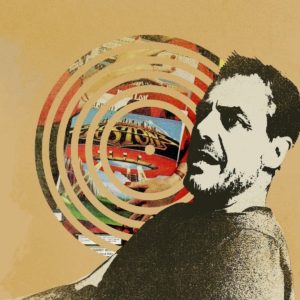 The closing track on Led Zeppelin II was one of the first songs tackled for the band’s rushed sophomore album — and they started it in a tiny studio in Canada.
The closing track on Led Zeppelin II was one of the first songs tackled for the band’s rushed sophomore album — and they started it in a tiny studio in Canada.
The nine songs on Led Zeppelin II were recorded in 12 different sessions at nine different studios over the course of three months from May 6 to Aug. 5, 1969 while the band toured North America twice. They had no choice but to do the album piecemeal because the label was anxious to release it before Christmas. Recording what would become “The Brown Bomber” — as the album would be known — began May 4 at L.A.’s Mirror Sound, where the band started work on Whole Lotta Love, The Lemon Song and Moby Dick. They were at Mirror Sound until May 6 — while also playing two nights at the Santa Monica Civic Auditorium on May 4 and 5. After the final L.A. studio session, they flew to Edmonton for an 8 p.m. show on May 9 at Edmonton Gardens, the predecessor to the old Northlands Arena. (The Gardens was demolished in 1982, but used to stand at the intersection of 118 Avenue and 73 Streetm near where Rexall Place is now.)
From there, the band flew to Vancouver for a show on May 10 at the PNE Agrodome (which still stands!). Zeppelin likely flew to Vancouver right after the Edmonton gig because they managed to find studio time there at R&D Studios on West Broadway. I have no idea how long they spent at R&D or which members attended the session. All that was recorded was Robert Plant’s iconic harmonica intro to Bring It On Home. They didn’t finish that track until one of the last album sessions, at L.A.’s Mystic Studio on Aug. 5.
R&D Studios is no longer in existence as a studio, or even as a brick-and-mortar building. All the buildings on the north side of the block were torn down in 2021 to make room for new construction. This is the block of West Broadway between Cambie and Yukon streets, near the Broadway-City Hall rail station on the Canada Line, part of Vancouver’s SkyTrain system. When you look at Google Maps, there is an option to observe a street view of the address, with several views dating back to 2007.
It’s difficult to tell exactly where R&D Studios was located. The address back in 1969 was 452 West Broadway. Before the demolition three years ago, one building appeared to have multiple units within it — including a municipal election office in 2018. It was mostly vacant after that. There was a separate unit in the east side of 450 West Broadway and another at the back. There were presumably also units on the upper two floors. It’s possible R&D was located in the side or rear units, but the band described the studio space as being “a hut.” So, that suggests to me a small, standalone building. But I couldn’t find one.
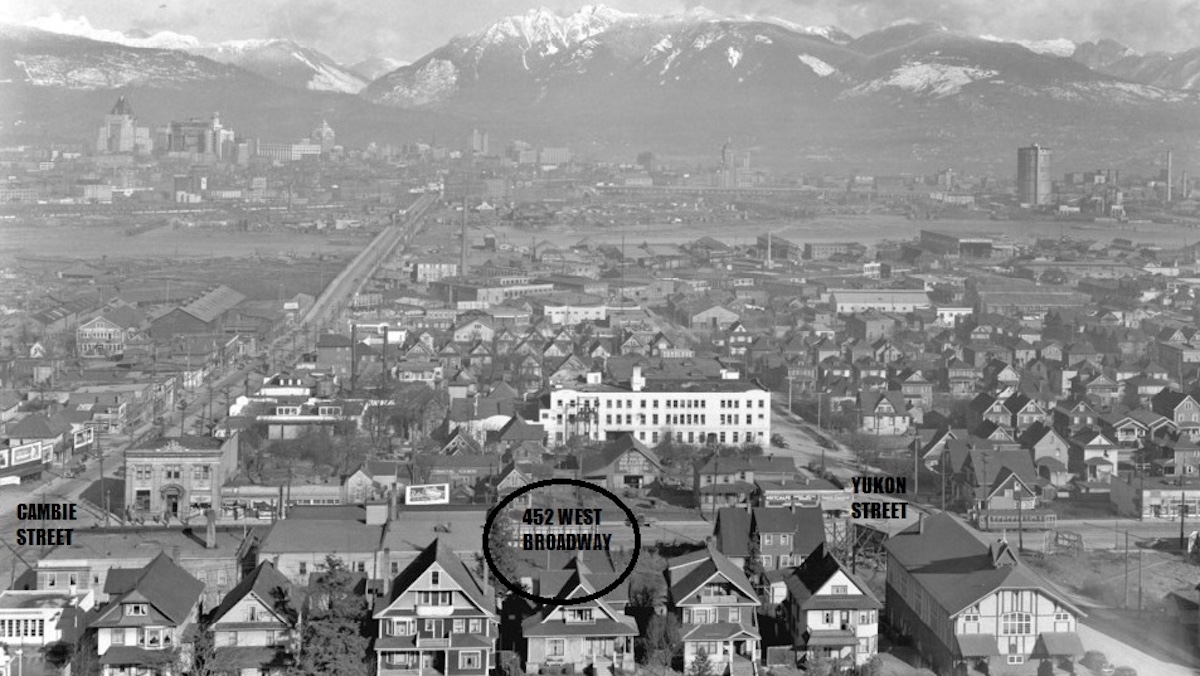
The building that stood next door, at 454 West Broadway, was another multi-unit facility, built in 1921, which was home to an insurance office for many years with an offset printing shop in the rear. It’s possible R&D was located in the space later occupied by the print shop — but I suspect it may have been in a standalone structure in what was a parking lot between the buildings at 450 and 454 West Broadway. The latest photos of the site on Google Maps are from July 2024 and show the entire block to be a construction site. So it’s a bit of a mystery to me.
Thanks to extensive coverage by The Vancouver Sun, one thing I can tell you for certain is that Robert’s harmonica parts were recorded on a Scully 280-8 tape machine. That’s an eight-track reel-to-reel. The machine was owned by the studio’s co-owner Kurtis Vanel, fka Douglas Gyseman. He changed his name for numerological reasons, apparently. Vanel also used that machine and studio to record The Poppy Family’s smash hit Which Way You Goin’ Billy that same year. Vanel not only co-owned R&D Studios, but also had his own record label Baroka. These operations only seem to have been around for a few years before Vanel went off to work for Simon Fraser University’s AV department. When he died a few years ago, he left no family and didn’t have a will. It took three years to get his affairs sorted out and to disperse his many belongings. Vanel, it seems, was a packrat. The good news about that is he still had boxes upon boxes of master tapes of indie Vancouver bands of the late ’60s and early ’70s — and that Scully 280-8. The machine was restored and became the property of Vancouver radio personality, musician, engineer and vintage gear collector Larry Hennessey.
This little bit of Canadiana made its way on to Led Zeppelin II during a ridiculously busy time for the band. The Vancouver gig was part of Zep’s North American Spring Tour, which started April 24 at the Fillmore West in San Francisco, and wrapped up May 31 at the Fillmore East in New York. The band went back to England, continued to record and rehearse. They played 11 warmup shows in 17 days in the U.K. between June 13 and 29, then returned to North America for a summer tour. That tour started just a week later on July 5 at the Atlanta International Pop Festival, wrapping up 40 shows later on Aug. 31 in Dallas at the Texas International Pop Festival. Right in the middle of that, the band played Vancouver’s PNE Agrodome again on July 26. But this time, they didn’t record anything. They did, however, make history. The very next day, Zeppelin played the Seattle Pop Festival. They stayed at the Edgewater Inn — a Puget Sound hotel famous because guests were allowed to fish right from their rooms. There’s lots of photos of The Beatles doing this when they stayed there years earlier. But in 1969, Zeppelin were playing the same festival as American heavy rock cohorts Vanilla Fudge.
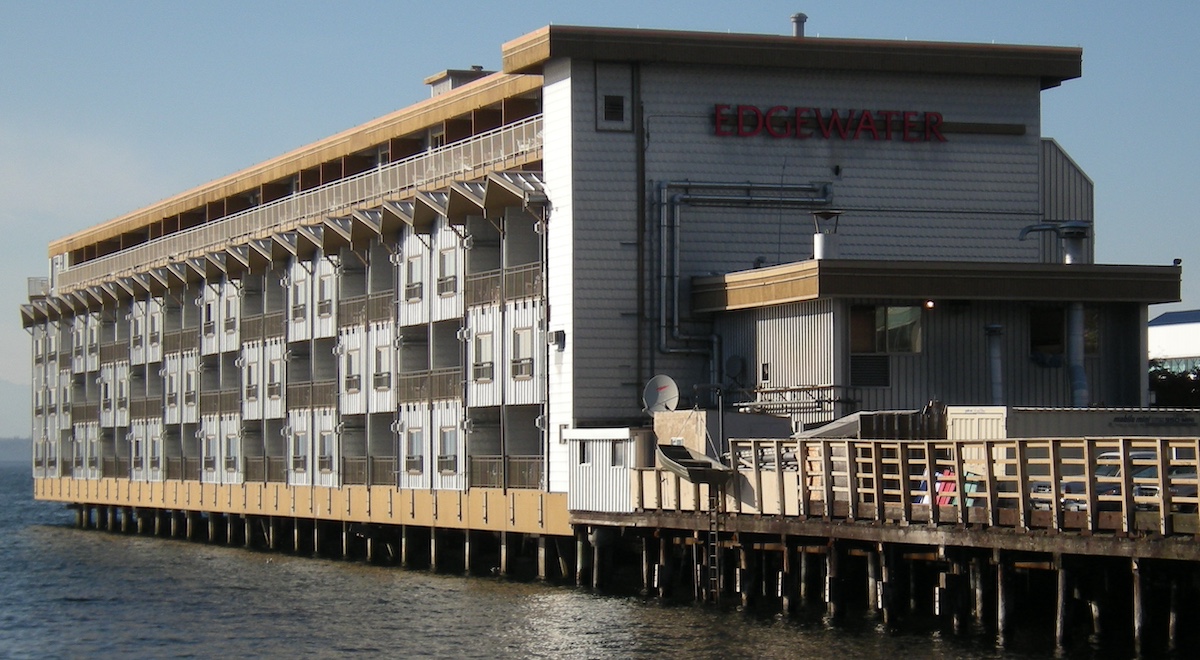
The stage was set for the notorious “mud shark incident.” Assessing all the various accounts of the incident, it seems the truth most likely is that Zeppelin’s road manager Richard Cole, drummer John Bonham and members of Vanilla Fudge managed to catch some mud sharks. A naked, red-haired groupie was tied to one of the beds in a Vanilla Fudge room and bits of the fish were inserted into her various orifices. Vanilla Fudge drummer Carmine Appice claims the entire event was filmed by the band’s keyboard player Mark Stein. Some versions of the story have Cole as the fish-inserter, while others have it as a Vanilla Fudge-led encounter. Hopefully Cole and Bonham washed their hands before joining the rest of Led Zeppelin when they flew back to Canada the following day for a gig at Edmonton’s Kinsmen Field House on July 29.
Zeppelin played one more Canadian gig on this eventful summer tour — Aug. 18 at The Rock Pile in Toronto. The venue at Davenport and Young in Yorkville is now known as The Concert Hall, but was originally The Masonic Temple when it was built to be in 1918. By 1921, the Masons were hosting concerts and dances there. It went by The Rock Pile from 1968 to 1969 — a time when Zeppelin played there twice, including their first-ever Canadian show on Groundhog Day 1969.
Of course there was also a North American Autumn Tour as well — the fourth time the band had toured the continent in a year. The fall tour included two Canadian dates — Nov. 2 at O’Keefe Centre (now Meridian Hall) in Toronto and two days later at Kitchener Memorial Auditorium. Five days later, they would perform Bring It On Home before a live audience for the very first time, at Winterland Arena in San Francisco — just six months after they started putting it on tape in a small Canadian recording studio.
• • •
Area Resident is an Ottawa-based journalist, recording artist, music collector and re-seller. Hear (and buy) his music on Bandcamp, email him HERE, follow him on Instagram and check him out on Discogs.



